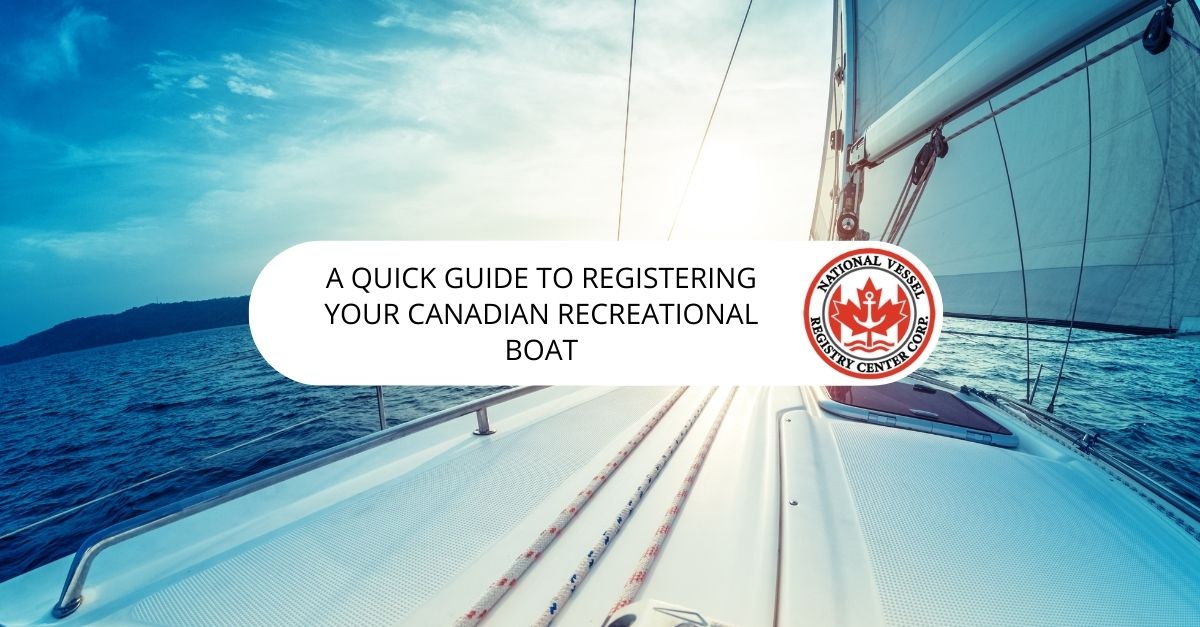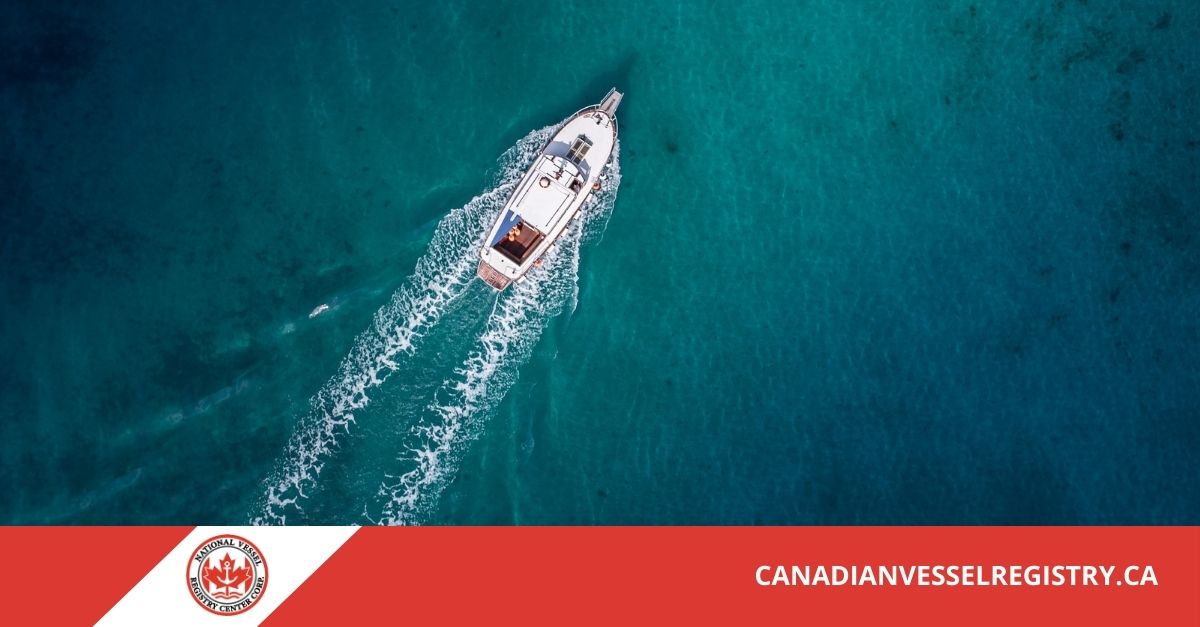Why Registering Your Boat in Canada Matters
Ever been drawn by the idea of voyaging through the tranquil rivers, lakes, and coastlines of Canada? It is necessary to note that boating in Canada is linked with some responsibilities before you start sailing. Transport Canada stipulates that all recreational boating is done in line with certain laws, among which are the requirements for proper registration or licensing of vessels. Our platform simplifies this operation, where you are taken through each step for you to complete it Canadian boat.
The Value of Registration
Canada is like heaven on earth for people who love water sports—picturesque forests, awe-inspiring views, and plentiful chances for thrill. To do that, registering your boat is both a legal requirement and a wise move. The lack of registration or licensing of your craft may lead to receiving a ticket with a fine of up to $250.
Nonetheless, apart from the avoidance of punishment, registration is not devoid of advantages. The official records are the most important if your vessel is stolen, as they make the job of the police easier in the recovery of it. A boat that is registered can also have a distinctive name, which is a great help for rescuers in case of emergencies. Moreover, the unfortunate situation of an accident, registration will help in making the case that your boat is for the sea, hence providing you with safety as the owner.
Sail with Peace of Mind
Registering your vessel, first of all, is a way of complying with the law and it also provides you with some valuable safeguards. It is difficult to argue that if you are thinking about a boating trip all over Canada’s waterways, you will not be saving yourself time, troubles, and money by taking such a step first. Help your boat, and also, your peace of mind, be a priority by registration.
Steps for Registering a Canadian Boat
Knowing the process of how you should register your recreational vessel is very important not only to the authorities but also to the safety of Canadian water bodies and of course the people living nearby. The method looks as follows:
1. Determine If Registration Is Required
There is a point where you must notice that any boat does not need registration. In general, boats without engines of less than 10 HP (7.5 kW) don’t need registration or a license. On the contrary, if the motor of your boat is 10 hp or more, or it is used for commercial purposes, you must register it with Transport Canada.
2. Choose Between Licensing and Registration
As a boat owner, you are eligible to submit an application either for the Vessel Registration or the Pleasure Craft License whichever is more suitable for you.
- Pleasure Craft License: This option, that is meant for recreational boating, is without charge and lasts for ten years. It issues a license number to your vessel that is the exterior of which the displaying of the license number is one of the ways to make it visible.
- Vessel Registration: This is a choice for large recreational vessels and commercial ships and therefore sights an application fee, and the term of the registration is three years. Registration also indicates the ship’s owner, and you are also able to propagate the Canadian flag, which is certainly a plus when you are in international waters. At the same time as the release of the new name on the outside, the ship’s registration number and tonnage have to be indicated on the inside.
So the two alternatives you have provide official vessel identification in accordance with Canadian maritime rules.
3. Prepare the Necessary Documents
Once you’ve decided whether you need a license or registration, gather the required documents:
For a Pleasure Craft License:
- Proof of ownership (such as a bill of sale or invoice)
- Government-issued photo identification (e.g., driver’s license or passport)
- Completed Pleasure Craft License Application Form
For Vessel Registration:
- Proof of ownership (including details about the builder, make, and model)
- Government-issued identification
- Completed Application for Registry Form
- Payment of applicable fees
Having these documents ready will make the application process much smoother.
4. Submit Your Application
In most cases, files can be sent on the application via mail or an online platform. By using the Canadian Vessel Registry, you are able to make the process simpler and faster, meaning that you can submit a work file without any trouble and keep in compliance with your file officially recorded paperwork.
5. Receive Your Licence or Registration
After your application is processed and approved, you’ll receive either:
- A Pleasure Craft License number, which must be displayed on both sides of the hull.
- An Official Certificate of Registry, issued for registered vessels.
Be sure to keep these documents accessible whenever you’re operating your boat on Canadian waters.
Displaying Registration Details
In case your vessel is registered, you are able to give it an official name and indicate the port where it comes from. Furthermore, the registration number with the validation decals should be shown on the two sides of the forward part of the boat. These signs should be made in a way that the characters are very clear from the left to the right on the boat and also on that part of the water.
Displaying a Licence Number
For licensed vessels, the place where the licence number is shown should be above the waterline on both sides of the bow. It must be positioned as far forward as possible in block letters at least three inches (7.5 cm) high. The letters of the numbers are required to be in a color that contrasts with the color of the boat so that it is easy to read them.


